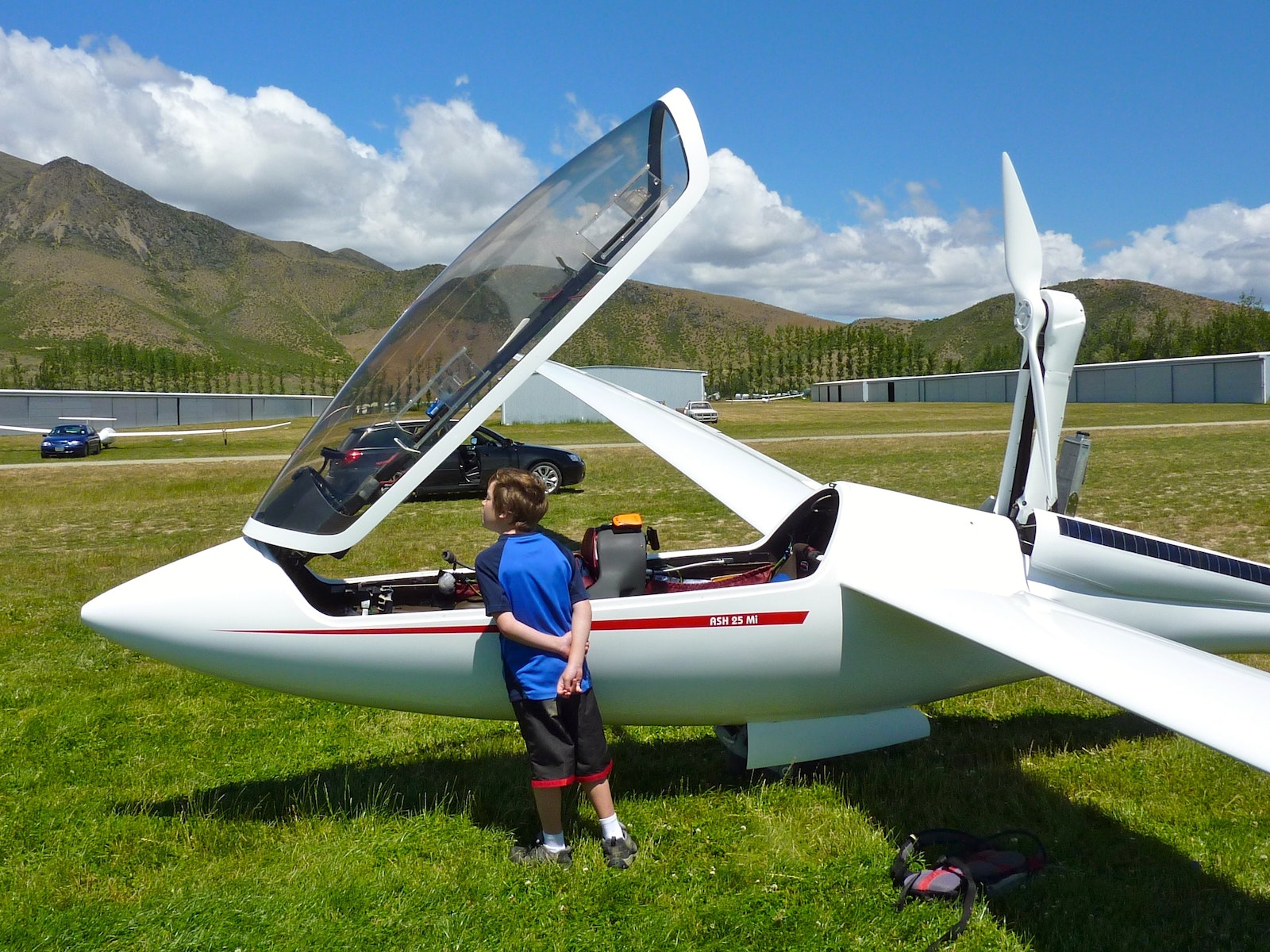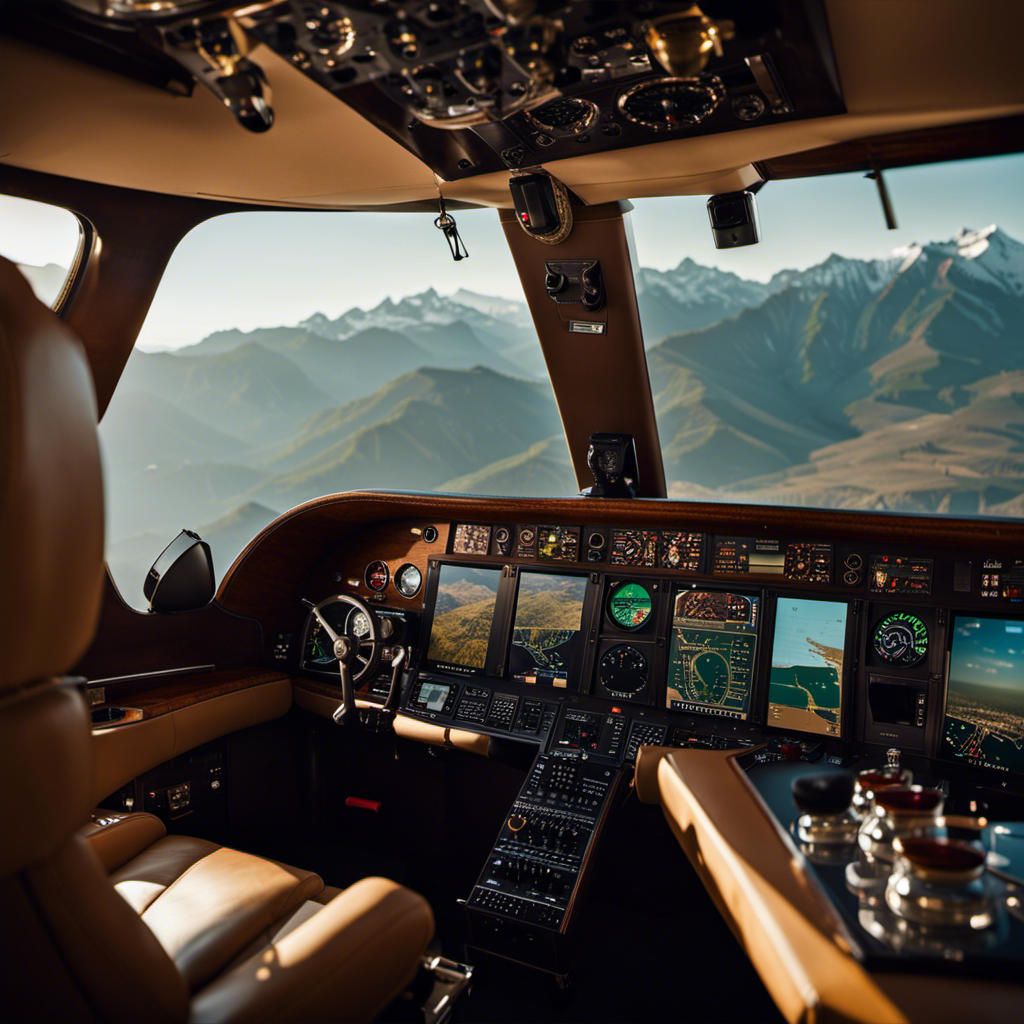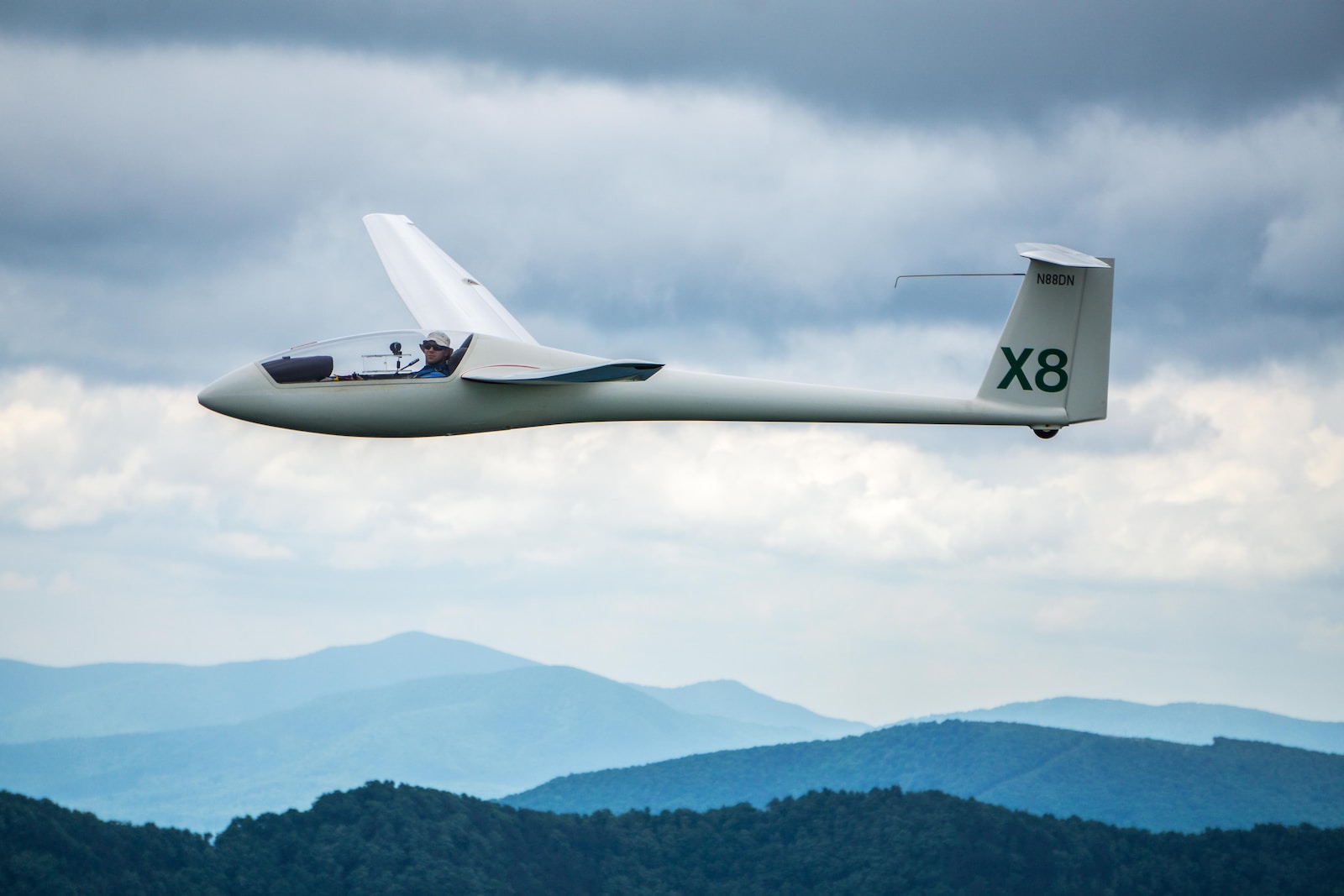Age is just a number when it comes to learning how to fly. Contrary to popular belief, there is no time limit on pursuing your dream of soaring through the skies.
In this article, I will debunk the age limit myth and show you that it’s never too late to become a pilot. With my expertise and experience, I will guide you through the benefits, challenges, and inspiring stories of older pilots who have soared above the clouds.
So buckle up, because the sky is calling, and it’s time to fulfill your aviation dreams.
Key Takeaways
- Joining aviation communities provides a valuable network of individuals who understand the unique challenges and offers opportunities for sharing experiences, knowledge, and support.
- When pursuing aviation dreams, it is important to seek guidance from experienced pilots or professionals, research training options, create a realistic budget, and explore financing options such as scholarships or grants.
- Overcoming fears in the aviation journey can be achieved by gradually conquering fears, seeking support from mentors or peers, and developing a plan to build confidence.
- Financial considerations in the aviation journey include creating a realistic budget, exploring financing options, utilizing scholarships or grants, and assessing the costs of training and ongoing expenses.
The Benefits of Learning to Fly at Any Age
You can experience the incredible benefits of learning to fly at any age. Overcoming fears and debunking stereotypes, flying opens up a world of possibilities and rewards.
One of the greatest benefits is the sense of empowerment. As you conquer your fear of heights and take control of an aircraft, you gain confidence and a renewed belief in your abilities.
Flying also provides a unique perspective and a chance to explore the world from above. It allows you to escape the confines of the ground and experience the freedom of the skies.
Moreover, learning to fly promotes mental sharpness and problem-solving skills, as you navigate through various weather conditions and make split-second decisions.
By embracing the challenge of learning to fly, you can unlock a lifetime of excitement and fulfillment.
Now, let’s explore the different types of pilot licenses available.
Exploring Different Types of Pilot Licenses
There are various types of pilot licenses available for those interested in flying. As an experienced pilot, I can attest to the importance of understanding these licenses and their requirements.
Here are three types of licenses that aspiring pilots should consider:
-
Private Pilot License (PPL): This license allows you to fly single-engine aircraft during daylight hours. It is a great starting point for those who want to enjoy recreational flying.
-
Helicopter License: If you have a passion for helicopters, obtaining a helicopter license will open up a whole new world of aviation. With this license, you can pilot helicopters for personal or commercial purposes.
-
Glider License: Glider flying is a unique and exhilarating experience. With a glider license, you can soar through the skies without an engine. It requires exceptional skill and knowledge of aerodynamics.
Understanding the different types of licenses is essential when choosing the right flight school for your goals. Transitioning to the next section, let’s explore the factors to consider when selecting a flight school that aligns with your aspirations.
Choosing the Right Flight School for Your Goals
When choosing the right flight school for your goals, it’s important to consider factors such as location, cost, and curriculum. As a seasoned pilot with years of experience, I understand the significance of these considerations.
One crucial factor to analyze is flight school accreditation. It ensures that the school meets the industry standards and provides quality training.
Additionally, cost comparison plays a vital role in selecting the right flight school. It’s essential to evaluate the tuition fees, additional expenses, and financial aid options available. By carefully assessing these factors, you can make an informed decision that aligns with your goals and budget.
Now, let’s explore another aspect of flight training: overcoming age-related challenges.
Overcoming Age-Related Challenges in Flight Training
As pilots age, they may face unique challenges in their flight training journey. However, with the right strategies, it is possible to overcome age-related limitations and fears.
Here are some effective ways to cope with these challenges:
-
Maintain a healthy lifestyle: Regular exercise, a balanced diet, and sufficient rest can help improve physical and mental well-being, enabling pilots to better handle the demands of flight training.
-
Seek support and guidance: Joining aviation communities or connecting with fellow pilots can provide a valuable support system. Sharing experiences and learning from others who have faced similar challenges can boost confidence and motivation.
-
Adapt and adjust: Recognize that age may require adjustments in training methods. Embrace new technologies and techniques that can enhance learning and compensate for any physical limitations.
Understanding the Physical Requirements for Flying
To be a pilot, you must meet certain physical requirements that ensure your ability to handle the demands of flying. Physical fitness is crucial for pilots as it directly affects their performance and safety in the air.
The Federal Aviation Administration (FAA) has established medical requirements that pilots must meet to obtain and maintain their pilot’s license. These requirements include having good vision, hearing, and cardiovascular health. Pilots must also be free from certain medical conditions that could impair their ability to fly safely. Regular medical examinations are necessary to ensure that pilots continue to meet these requirements.
Understanding and maintaining physical fitness and meeting the FAA’s medical requirements are essential aspects of being a pilot.
Now, let’s explore some tips for balancing flight training with other responsibilities.
Tips for Balancing Flight Training with Other Responsibilities
Finding a balance between flight training and other responsibilities can be challenging, but it is possible with proper time management and prioritization. Balancing flight training with work and managing flight training with family commitments requires careful planning and dedication.
As a pilot-in-training, I have learned that it is important to establish a schedule that allows for sufficient time to attend flight lessons, study, and practice. This may involve making adjustments to work hours or finding ways to involve family members in the process, such as scheduling family activities around flight training sessions.
Effective communication with employers and loved ones is key to ensuring understanding and support. By striking a balance between flight training and other responsibilities, I have been able to pursue my dream of becoming a pilot while maintaining a fulfilling personal and professional life.
Now, let’s delve into some inspiring stories of older pilots who took to the skies.
Inspiring Stories of Older Pilots Who Took to the Skies
You can find inspiration in the stories of older pilots who defied expectations and took to the skies later in life. Their success serves as a powerful reminder that age should not limit one’s pursuit of flying. Debunking age-related stereotypes, these pilots have shown that with determination and a passion for aviation, it is never too late to learn to fly.
These inspiring individuals have demonstrated the ability to adapt to new technologies, absorb complex information, and handle the physical demands of flying. Their experiences defy the notion that advancing age hinders learning or performance. As we explore their stories, we gain valuable insights into the resilience and dedication required to achieve one’s dreams, regardless of age.
Now, let’s delve into the importance of maintaining safety and staying current as an older pilot.
Maintaining Safety and Staying Current as an Older Pilot
Maintaining safety and staying current as an older pilot is crucial for ensuring a successful and fulfilling aviation journey. As we age, we may encounter physical limitations that can pose challenges in the cockpit. However, with the right mindset and preparation, we can overcome these obstacles.
Regular exercise and medical check-ups are essential to ensure our bodies are in optimal condition for flying. It’s also important to address any psychological barriers that may arise. Seeking support from fellow pilots or joining aviation communities can provide a valuable network of individuals who understand the unique challenges we face. By sharing experiences and knowledge, we can learn from one another and find the support we need to continue thriving in the aviation world.
Transitioning into the next section, let’s explore the importance of finding support and community in our journey as older pilots.
Finding Support and Community in the Aviation World
Joining aviation communities and engaging with fellow pilots can provide valuable support and a sense of belonging in your journey as an older pilot. Through networking opportunities and mentorship programs, you can connect with like-minded individuals who share your passion for aviation.
These communities offer a wealth of knowledge and experience that can help you navigate the unique challenges faced by older pilots. Networking allows you to forge connections with professionals who can offer guidance and advice, while mentorship programs provide the opportunity to learn from seasoned aviators.
Being part of these communities not only provides support but also fosters a sense of camaraderie and belonging. By immersing yourself in this supportive environment, you can take the first steps towards fulfilling your aviation dreams, knowing that you have a network of fellow pilots behind you.
Taking the First Steps to Fulfill Your Aviation Dreams
Taking the first steps to fulfill your aviation dreams can be both exciting and challenging. As someone who has navigated this journey, I understand the mix of emotions and considerations that come with it. Overcoming fears and financial considerations are two significant factors to address when embarking on this path.
Here are some key points to keep in mind:
- Seek guidance from experienced pilots or aviation professionals.
- Research and understand the various training options available.
- Create a realistic budget and explore financing options if necessary.
- Take advantage of scholarships or grants specifically tailored for aspiring aviators.
- Develop a plan to gradually conquer your fears through exposure and practice.
Frequently Asked Questions
What are the requirements to obtain a pilot license?
To obtain a pilot license, you must meet certain requirements, such as age, medical fitness, and language proficiency. The training length varies depending on the type of license, ranging from a few weeks to several months.
How long does it take to complete flight training?
Flight training duration varies depending on individual circumstances, but it typically takes several months to complete. Age limits for learning to fly are often misunderstood, but it’s never too late to pursue your dream of becoming a pilot.
Are there any age restrictions for obtaining a pilot license?
There are age restrictions for obtaining a pilot license. The minimum age to obtain a private pilot license is 17, while the minimum age for a commercial pilot license is 18.
What are the physical challenges that older pilots may face?
As an experienced pilot, I can tell you that older pilots may face physical challenges such as decreased joint mobility and reduced visual acuity. These factors can affect their ability to operate an aircraft safely.
How can older pilots stay current with their skills and knowledge?
To stay current, older pilots must engage in continuous education and simulator training. These activities help maintain skills and knowledge, ensuring proficiency in all aspects of flying. By staying updated, we can confidently navigate the skies.
Conclusion
In conclusion, it’s never too late to learn to fly and fulfill your aviation dreams. Whether you’re in your 40s, 50s, or even 70s, the sky is the limit.
Don’t let age be a barrier to your passion for flying. With the right flight school, support, and determination, you can overcome any age-related challenges and soar to new heights.
So don’t wait any longer, take that leap of faith and embark on your journey to become a pilot. The sky awaits you!
With a heart that soars as high as the skies, Aria, affectionately known as “Skylark,” is the driving force behind Soaring Skyways. Her journey into the gliding world began as a young dreamer gazing up at the soaring birds, yearning to experience the weightlessness and freedom they embodied. With years of experience both in the cockpit and behind the scenes, Aria’s commitment to the gliding community is unwavering.









